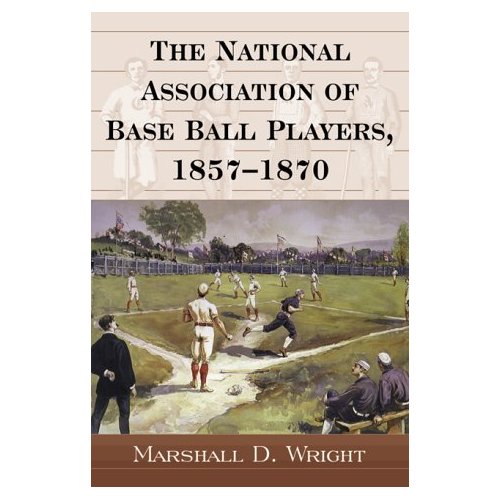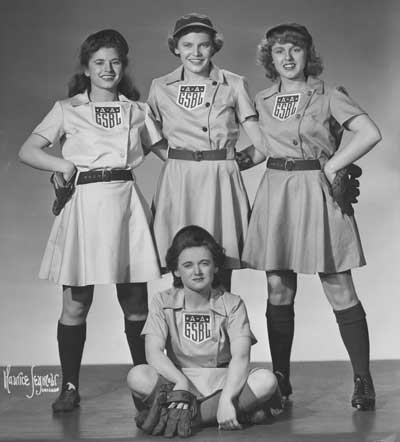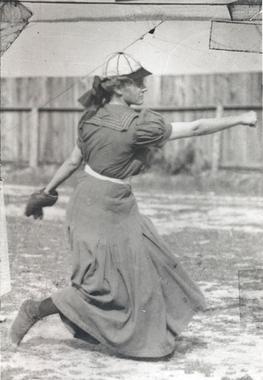Baseball Rules 1857
This article was NOT written by me but is from John Thorn who is the Official Baseball Historian for Major League Baseball. Check out his website called OUR GAME.
BASEBALL RULES
The New York Clipper, first published in 1853, did not offer an illustration of baseball until 1857; until then, and for another decade, the game for the sporting set was cricket. These instructions for how novices might become “proficients” in the new game of baseball appeared in the Clipper of December 13, 1856, a few months before the thoroughgoing revision of the rules in the convention of February 1857.
The game of Base Ball is generally considered the national game amongst Americans, and right well does it deserve that appellation; not only for the healthful exercise with which it is connected, but also for the skill that is required in playing it, which has been made still more necessary by the latest rules and improvements that are now in vogue, causing it to rank, and, we think, very properly, among those games usually termed scientifically. Base Ball can be played by any number from five upwards; nine, however, is the usual number on each side. When there are five on a side, the fieldsmen are placed on the bases or goals, according to the diagram below, directions for the laying out of which are given in the rules, also appended. After tossing for the choice of innings, the party who has the choice send, through their general or leader, one of their number to the Home Base, №6. The Pitcher then pitches the ball to him, which, if he thinks he can, he strikes as far into the field as possible; be then runs as fast as he is able to Base №3. A second striker is then sent to the Home Base, who serves the ball the same as his predecessor, when the one that struck first runs from Base 3 to Base 4, whilst he (the present striker) runs to Base 3; another striker is then sent in, and so on until all the batsmen have taken their turn, when the one who struck first commences again.
As each one returns to the Home Base, after having been all around, namely, to Bases 3, 4, 5 and 6, one count is added to the score, and whichever side makes 21 of these counts with the least number of hands, or strikers, out, wins the game.
The duty of the fieldsman is when a ball is struck to run after it, and, if possible, to reach the base to which the striker is running, before him, so that he may be able to touch any part of his (the striker’s) person before he has arrived at, or whilst he is off, the base; or, if the ball is struck in the air, he should endeavor to catch it at the first bound or before it touches the ground; in either case, the batsman or striker would be out. When three strikers are put out by any of these means, the whole side is out; they then exchange places with their opponents, each taking an innings alternately until the number of counts (21) necessary to complete the game is made. The duty of the Pitcher is to pitch the ball to the striker, and also to pick up the ball when struck, if nearest to him; and, in fact, to perform the same duties in all respects like the other fieldsmen. We think that these instructions, in connection with the following rules and diagram, will enable those who wish to learn the game, to do so; until, by practice, they become proficients; when that desirable end is accomplished, we have no doubt but they will continue to follow it, both for exercise and amusement.
Rule 1. The bases shall be from Home to second base 42 paces; and from first to third base 42 paces, equidistant; and from Home to pitcher not less than 15 paces; i.e. 21 paces from the center of the field to each base.
2. The game to consist of 21 counts or aces, but at the conclusion, an equal number of hands must be played.
3. The ball must be pitched, not thrown for the bat
4. A ball knocked outside the range of the first or third base is foul. (Range from Home, i.e., the ball must be knocked down the field and not sideways. The striker’s stand is at the Home Base.)
5. Three balls being struck at and missed, and the last one caught, is a hand out; if not caught, it is considered fair, and the striker bound to run. Tips and foul balls do not count.
6. A ball being struck or tipped, and caught either flying or on the first bound, is a handout.
By September 19, 1857 baseball was featured on the cover, even if the Clipper’s masthead had not yet changed to reflect America’s new favored sport
7. A player must make his first base after striking a fair ball, but should the ball be in the hands of an adversary on the first base before the runner reaches that base, it is a hand out; the ball must be fairly in hand, and the base touched.
8. Players must make the bases in their order of striking, and when a fair ball is struck and the striker is not put out, the first base must be vacant, as well as the next base or bases, if similarly occupied. Players must be put out under these circumstances in the same manner as when running to the first base.
9. A player shall be out if at any time when off a base he shall be touched by the ball in the hands of an adversary. The ball must be held after the man is touched; if the ball drops it is not a handout.
10. A player who shall intentionally prevent an adversary from catching or getting a ball is a handout.
11. If two hands are already out, a player running home at the time a ball is struck cannot make an ace if the striker is caught out.
12. Three hands out, all out,
13. Players must take their strike in regular rotation, and after the first round is played, the turn commences at the player who stands on the list next to the one who lost the third hand.
14. No ace or base can be made on a foul strike.
15. A runner cannot be put out in making one base when a balk [1856 typo fixed — jt] is made by the pitcher.
16. But one base allowed if the ball when struck bounds out of the field.
17. The ball shall weigh from 5–1/2 to 6 ounces, and be from 2–3/4 to 3–1/4 inches in diameter.
There is an Umpire appointed to keep the game and to decide all disputes and differences relative to the game, from whose decision there is no appeal. (In case the Umpire cannot decide, all plays should be considered fair for the hand in; the opinion of the players on a doubtful play should never be asked.)



